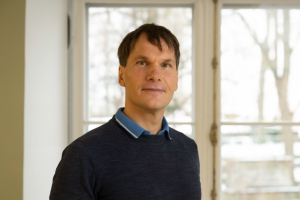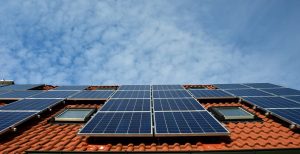Short-term energy storage would help solar panel owners to increase the profitability of their electricity production, which would also help keep the Estonian power system in balance, according to an analysis commissioned by the Foresight Centre.
News
The increase in electricity microgeneration and the number of active consumers or prosumers in the power grid requires further development of the distribution network. This demands higher expenditures that the current network charges do not cover, which was the message at Foresight Centre’s Energy Conference ‘How will the role of consumers in the electricity system change?’.
Today, the Foresight Centre presented the report ‘Active Consumers in the Future Energy System’, which reveals that electricity management potential reaches 400MW in Estonia, exceeding the capacity of the Auvere power plant. The realisation of this potential is based on the assumption that electric cars and heat pumps become more widespread.
The Foresight Centre’s report ‘Active Consumers in the Future Energy System’ to be published this week states that although interest in electricity production has waned among the residents of Estonia compared to the peak of the energy crisis, the number of micro-producers in the Estonian energy system will grow up to four times by 2040. However, the increase of electricity-producing consumption does not jeopardise the balance and stability of the energy system.
People in Estonia have begun to consciously manage their electricity consumption during periods of high prices. This has helped reduce costs and better balance energy supply and demand. However, the potential for managing electricity consumption in Estonia is double that which is currently being seen, and its full implementation would require the amendment of legislation.
There are nearly 10,000 households in Estonia that both consume electricity from the distribution grid and produce electricity for the distribution grid. The calculations of the Foresight Centre indicate that on 130 days a year on average, the amount of energy supplied to the grid by households is greater than the amount of energy taken from the grid. In the case of prosumers who are legal entities, the amount of energy supplied to the distribution grid is greater than the amount consumed 96 days a year.
According to forecasts, the amount of electricity produced in households will triple by 2035, which on the one hand increases the energy independence of Estonian households and reduces the environmental impact of electricity production, but on the other hand increases the need for controlled production capacities and transnational connections, states the Foresight Centre in its short report ‘Electricity Producing Households in Estonia’.
Households that join together in a cooperative to produce electricity will be able to cover a significant part of their own electricity consumption in the future, reducing the costs for households and increasing security of supply says the new report from the Foresight Centre on the outlook for energy cooperatives in Estonia.

 An independent think tank at the Riigikogu
An independent think tank at the Riigikogu 



 Märt Masso, PhD
Expert of the Foresight Centre
Märt Masso, PhD
Expert of the Foresight Centre 
